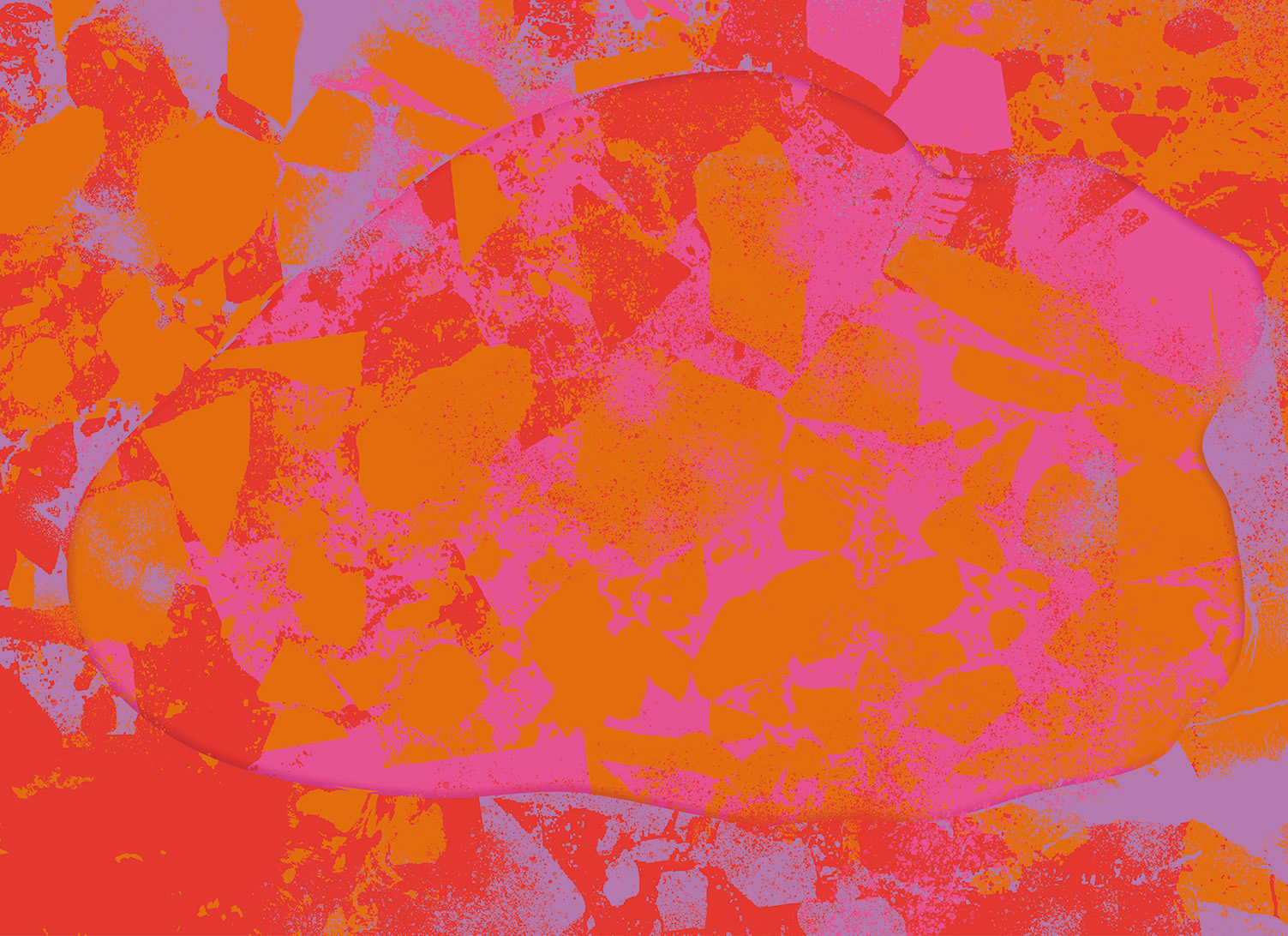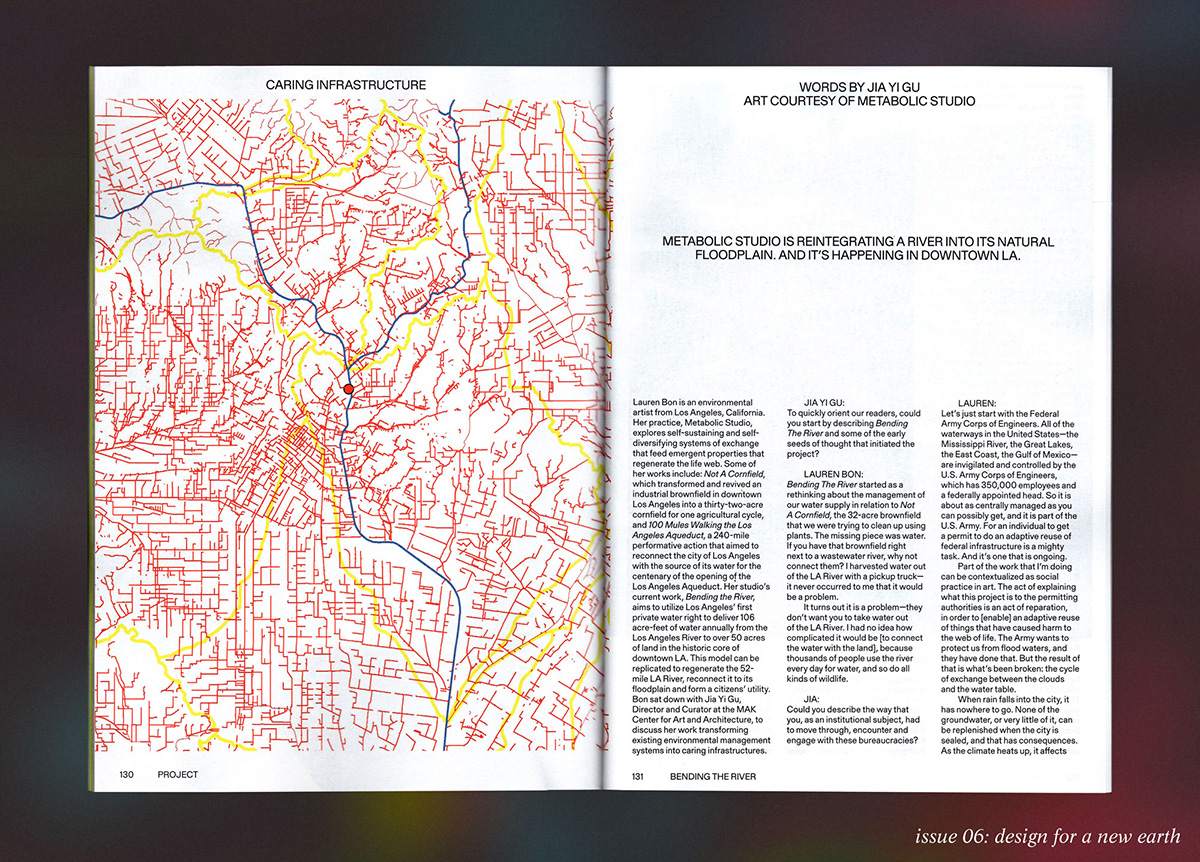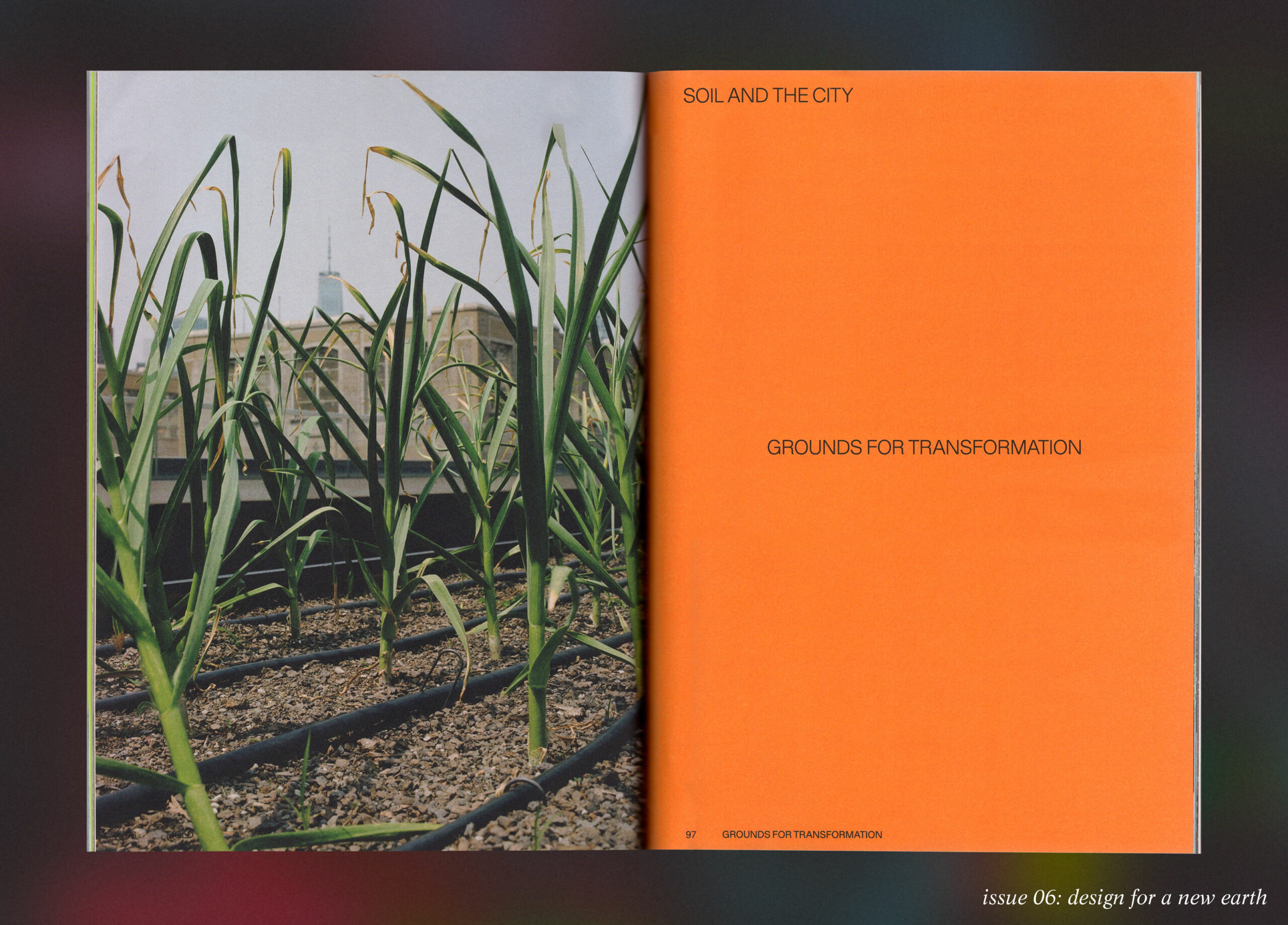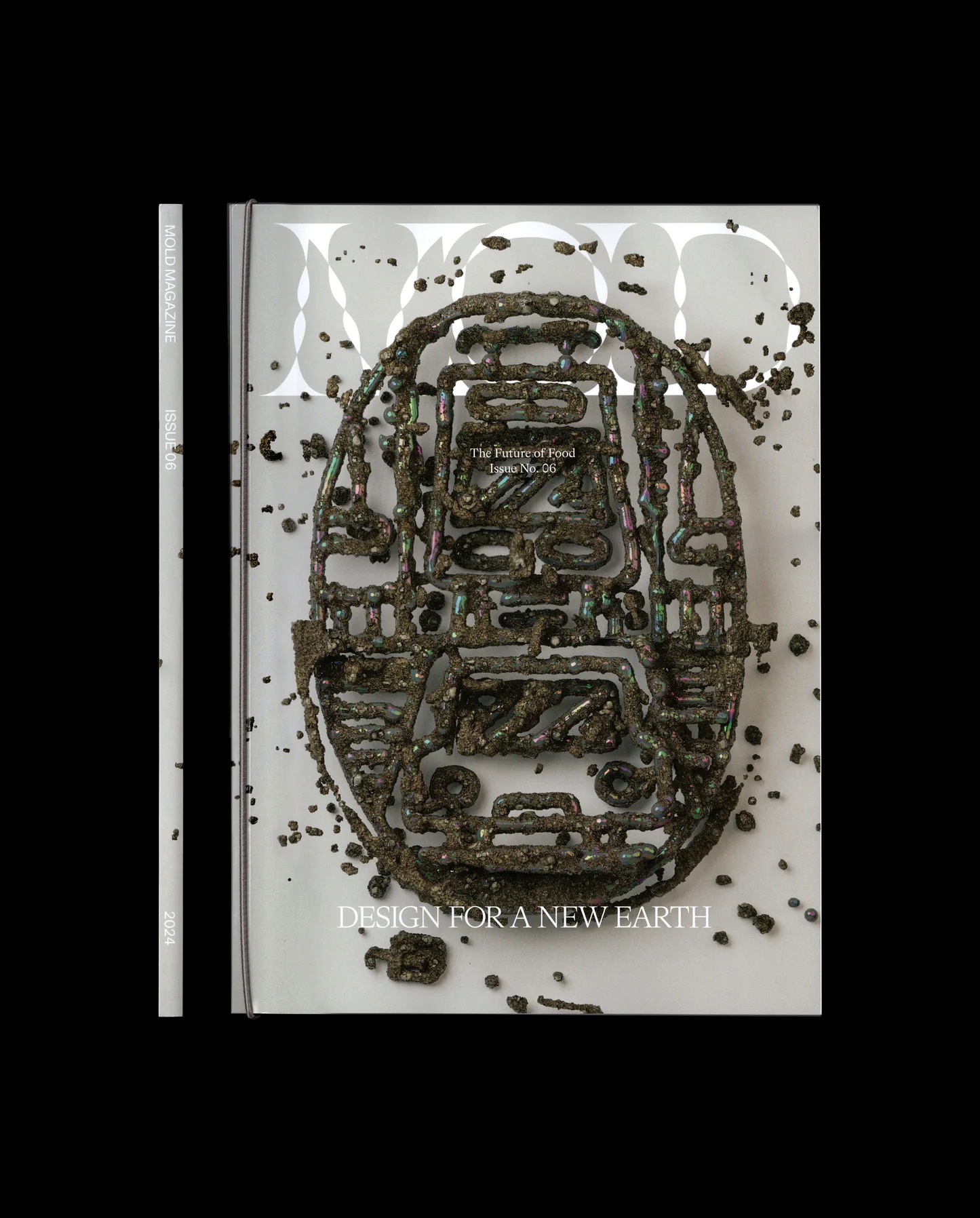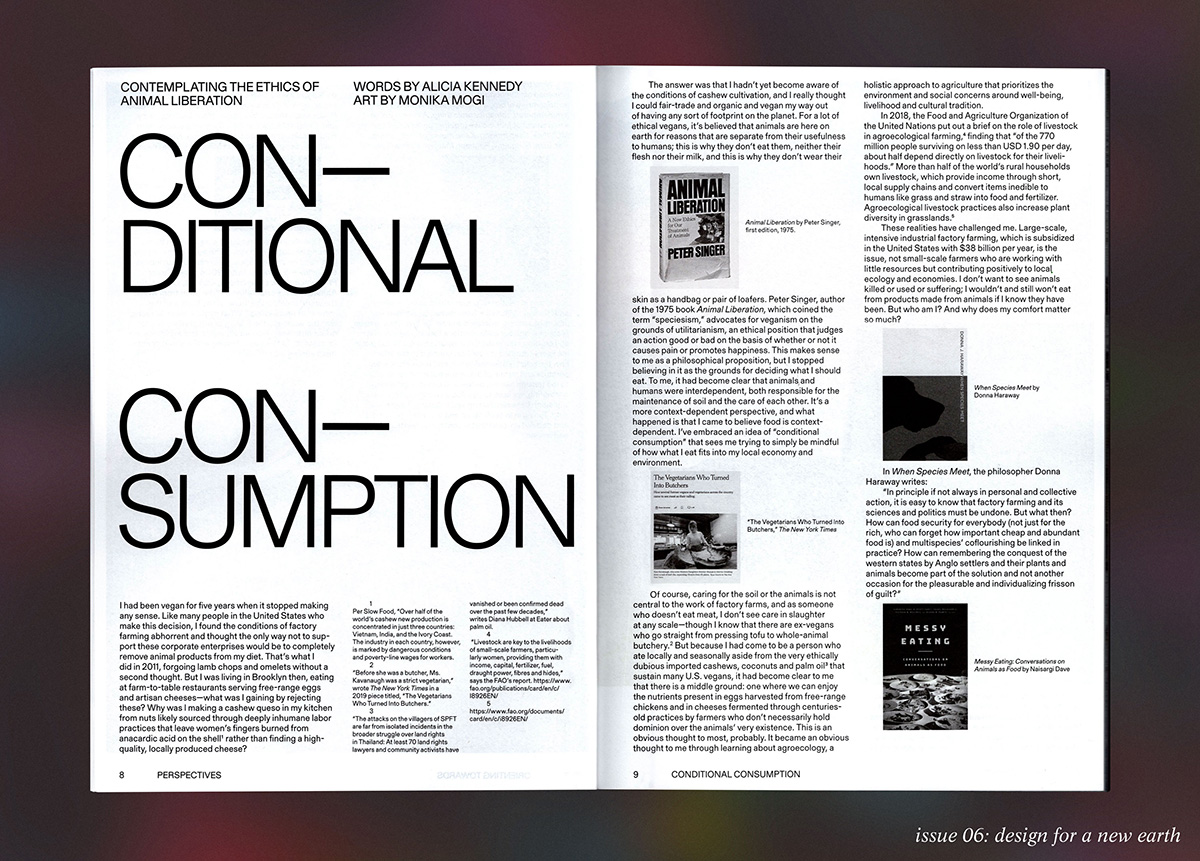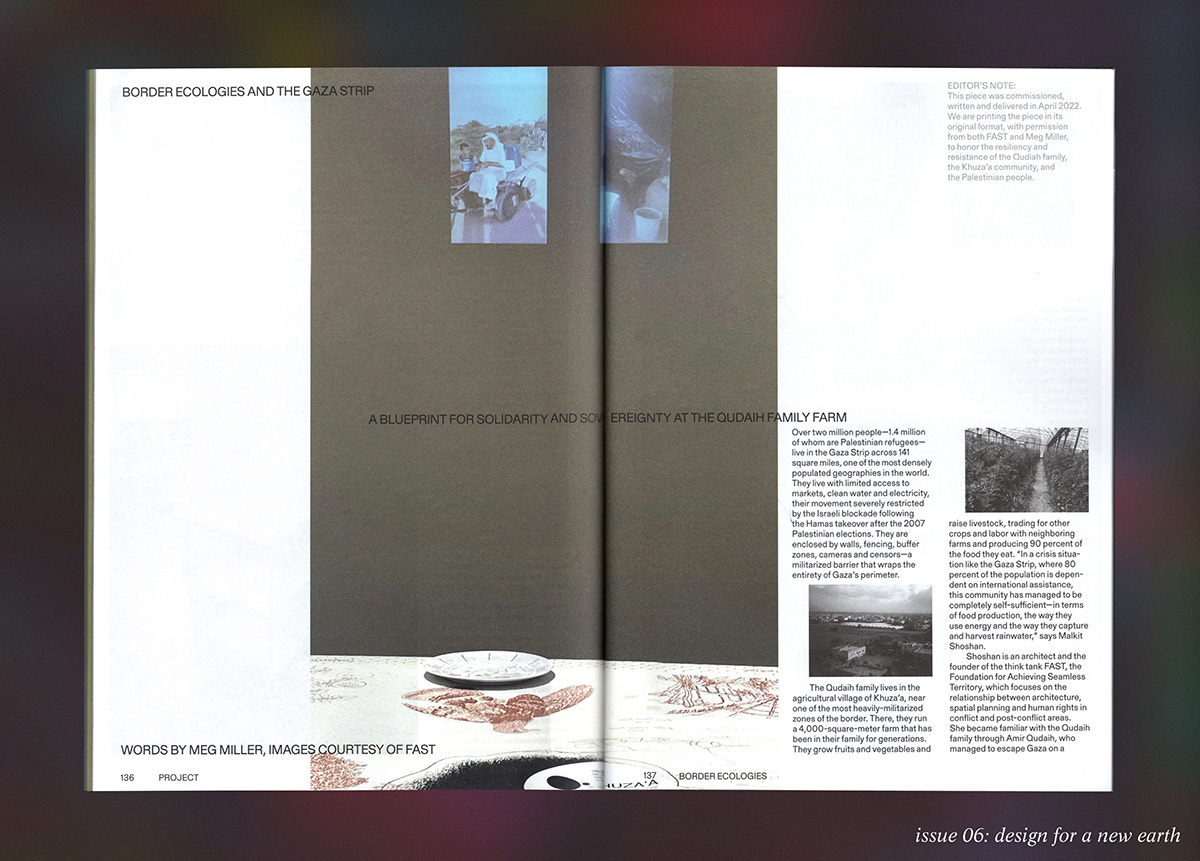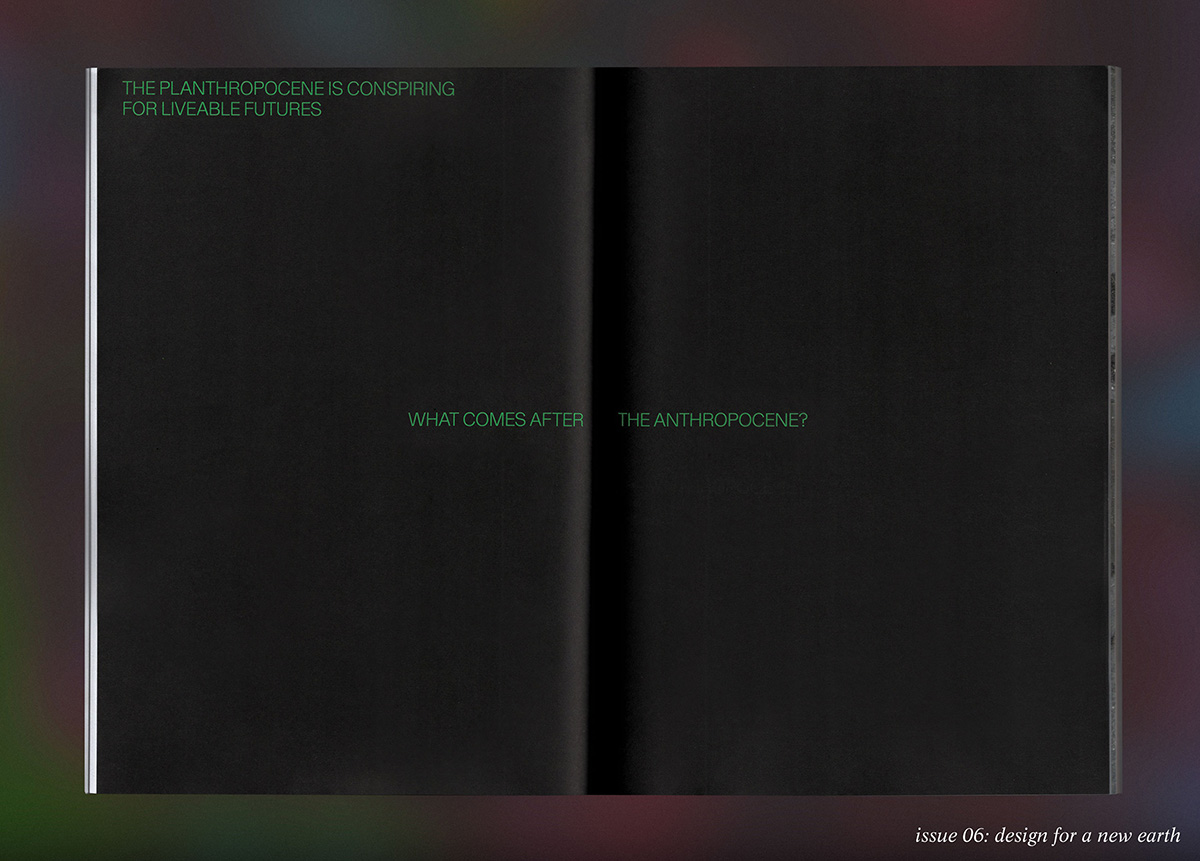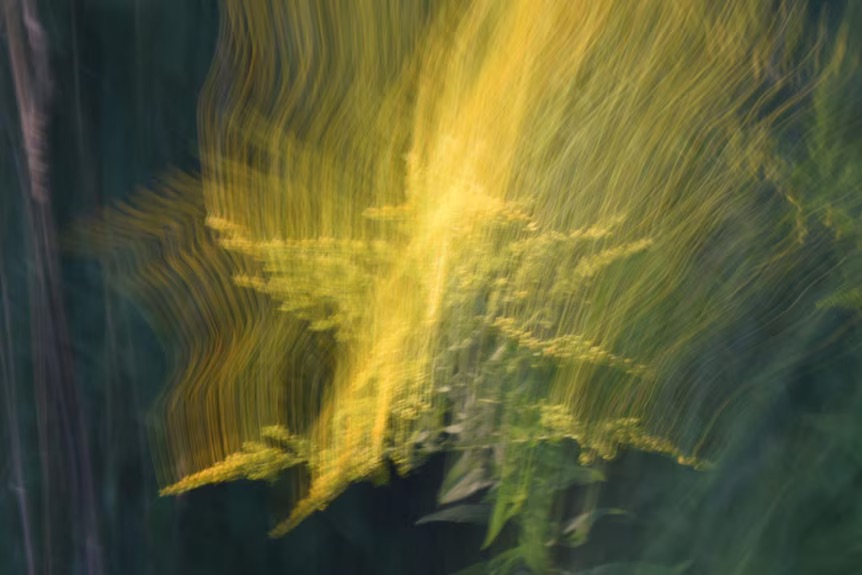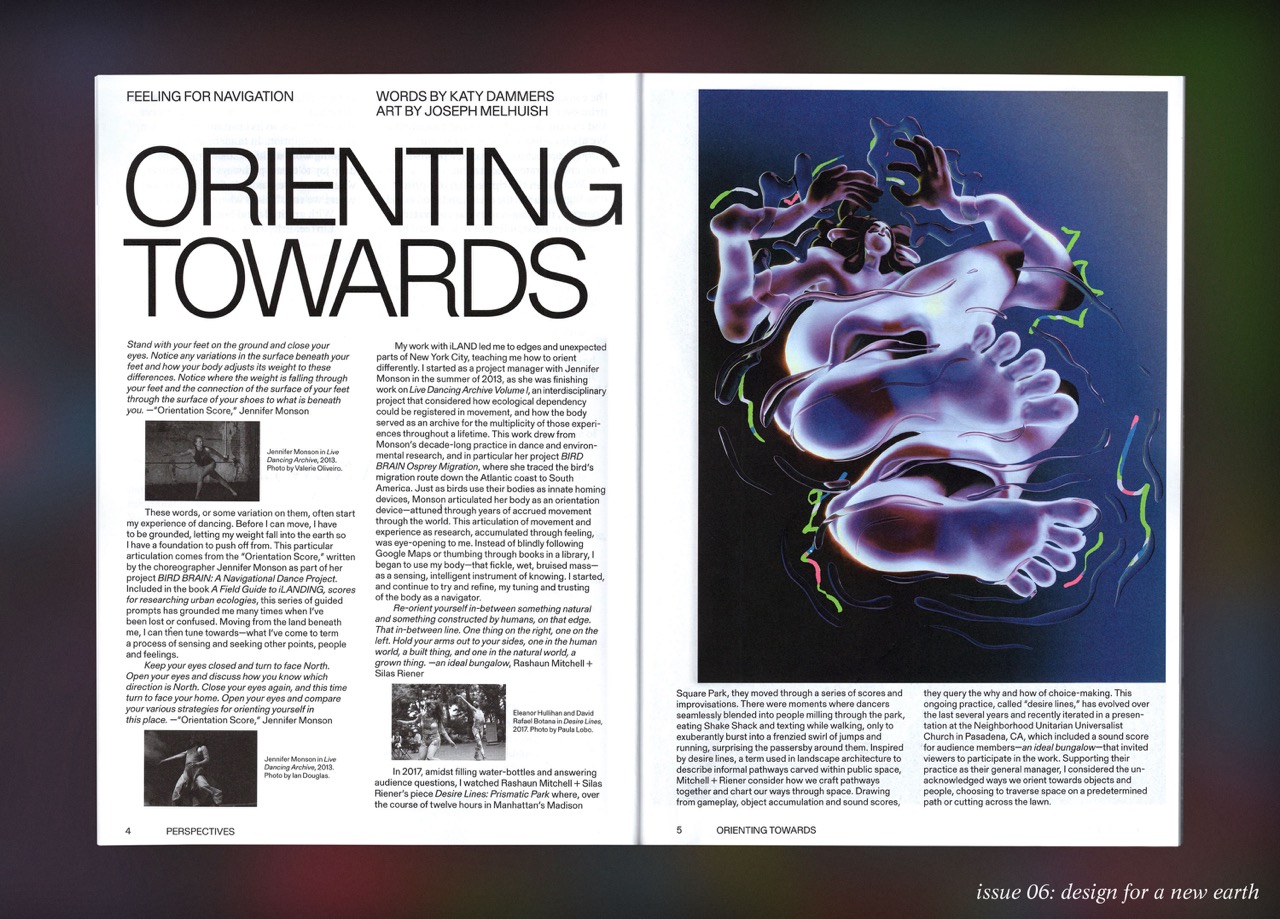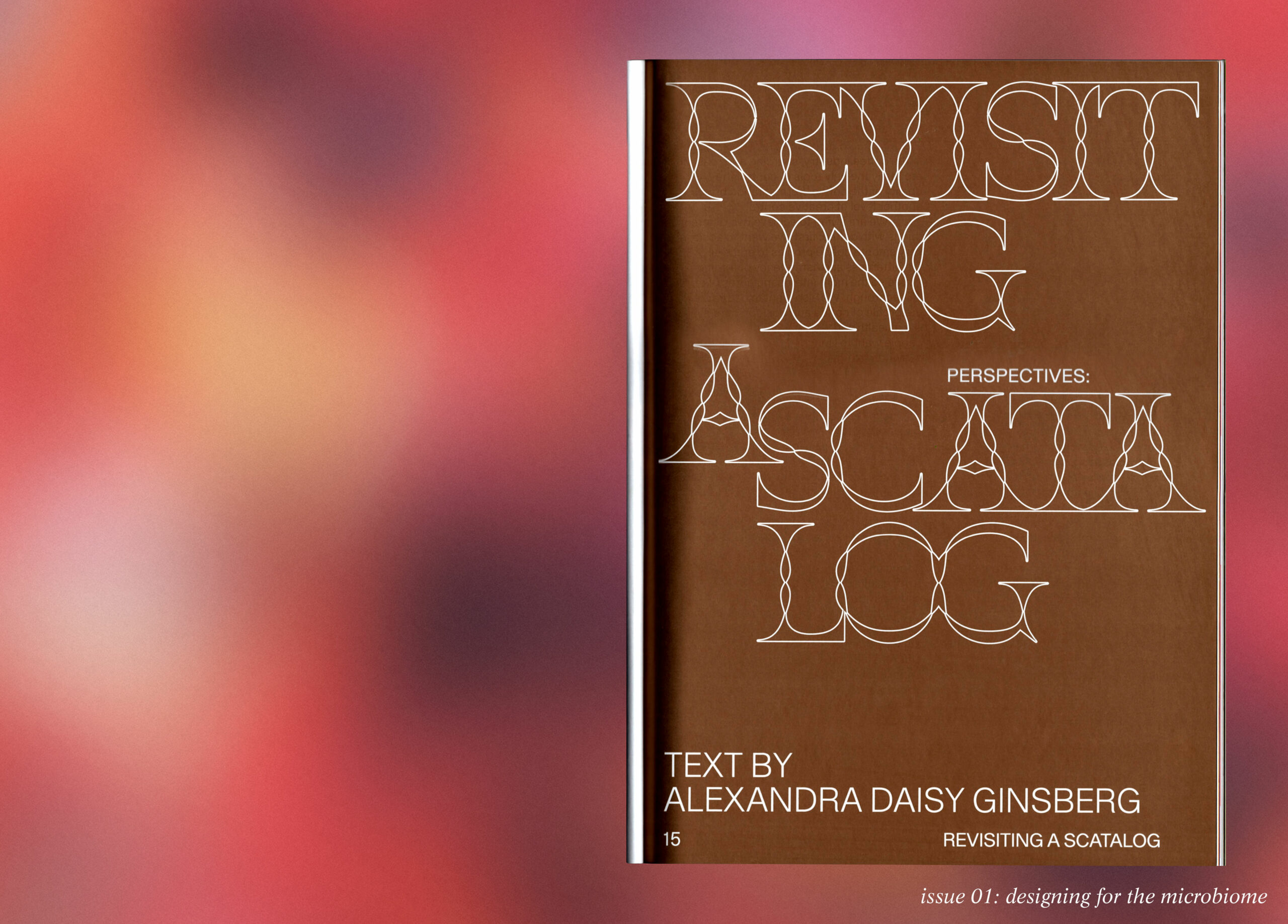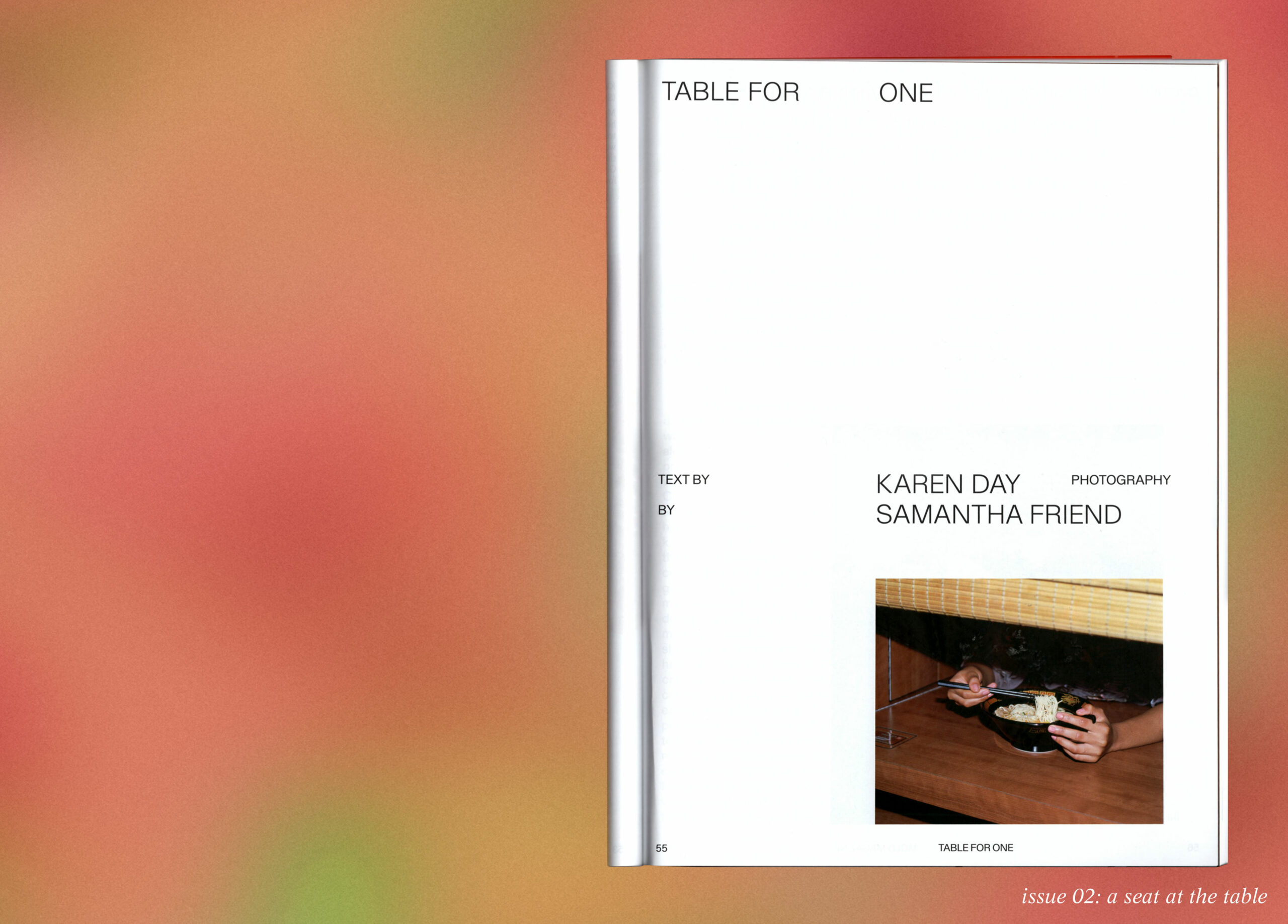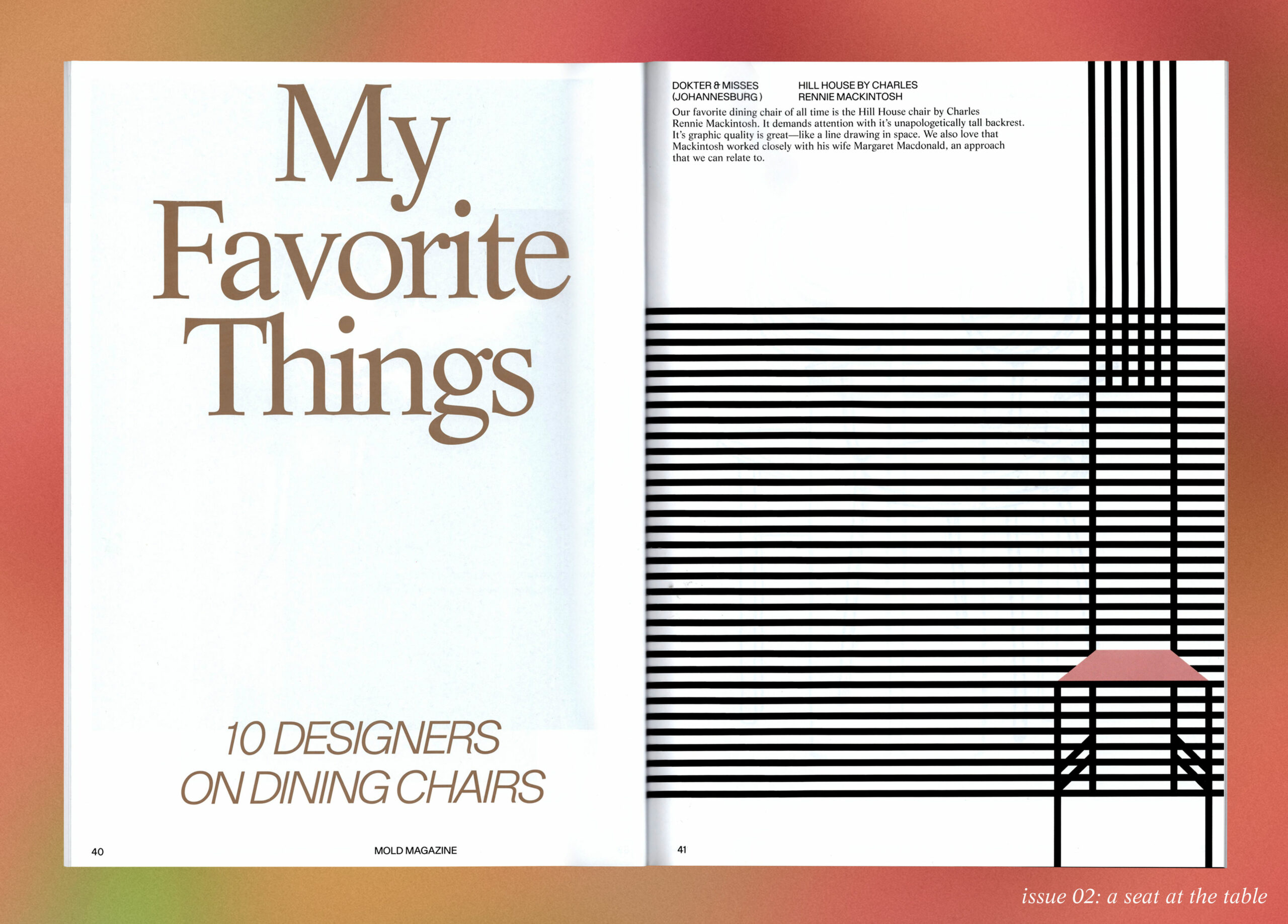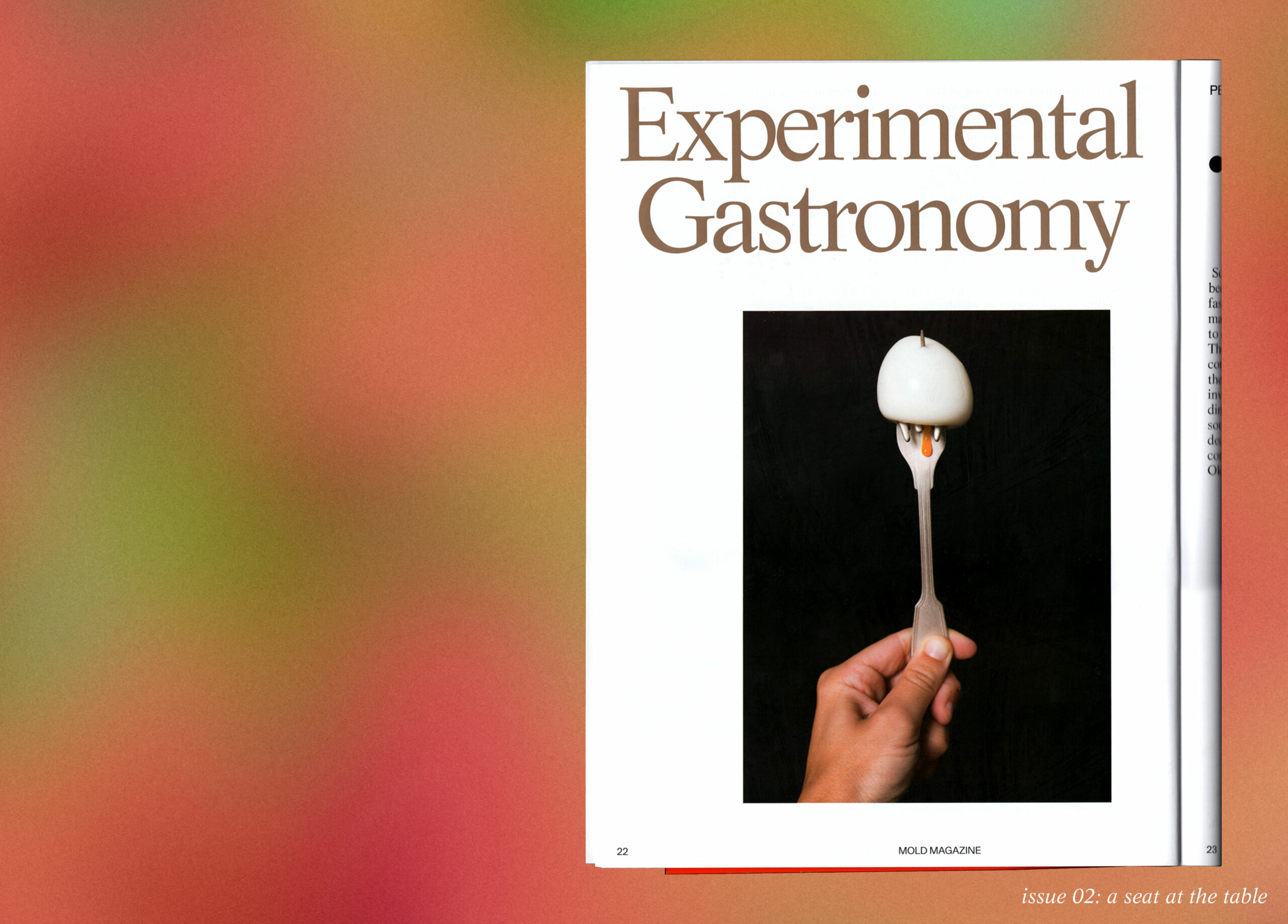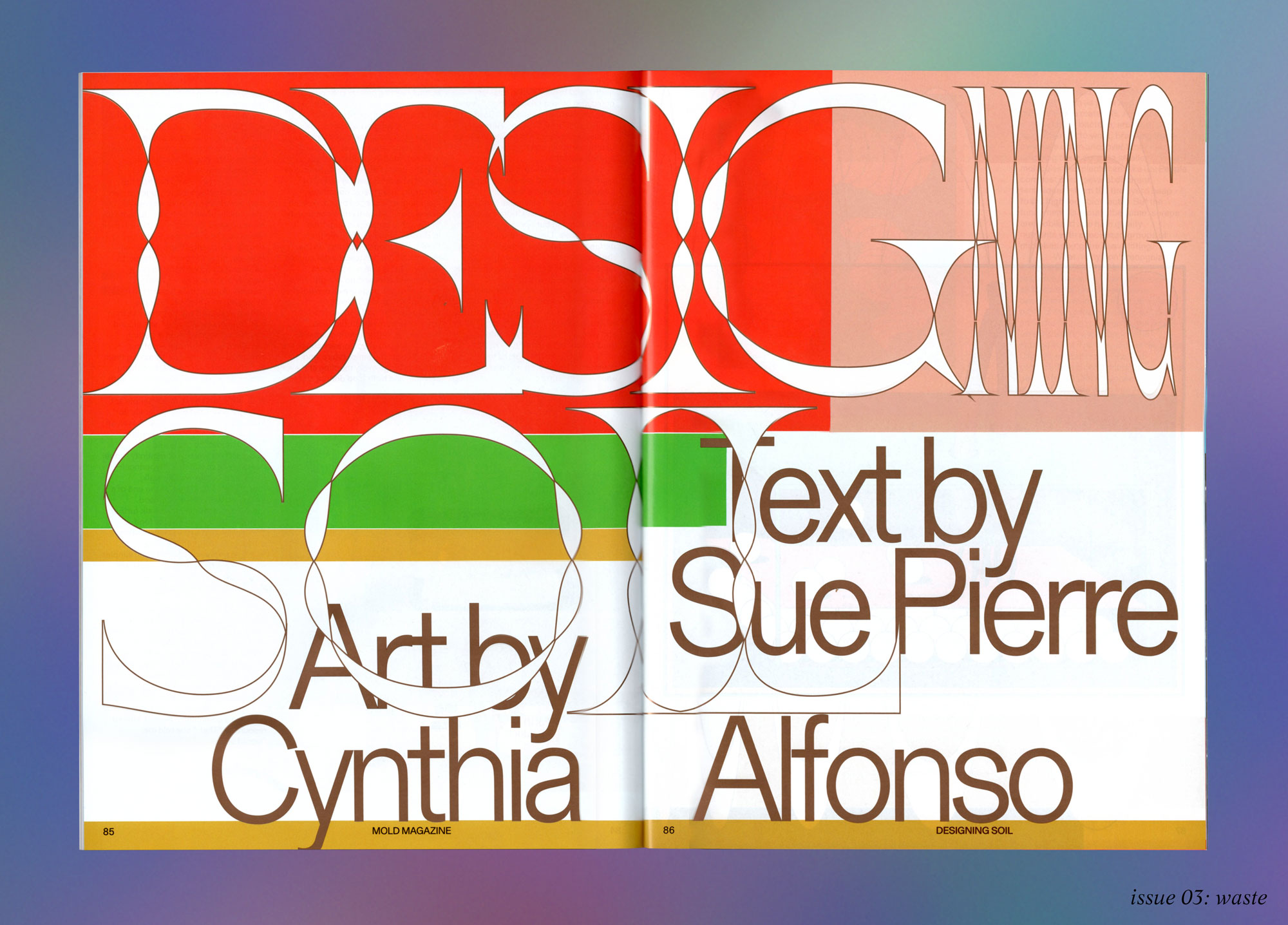Lickable Cities has technically been a lifelong project.
“I had this silly game from childhood called ‘Lick It,’” says Vanessa Thomas, a hyphenate computer scientist-designer-ethnographer based in Ottawa. In fall of 2013, she befriended two other whimsy-prone researchers through their doctoral program, Lancaster University’s HighWire Centre for Doctoral Training. Forging a research partnership, Thomas, Manu Brueggemann, and Ding Wangalang evolved the “Lick It” game to its current, adult, multi-city, intellectual(ish) form: “I dare you to lick this thing,” was its prompt. “I dare you to think about how to research through licking.”
Things got tastier from there. They began to formalize a structure for their project. They introduced goals, drafting its mission with the language of the academy—precisely to play with its logic. In absurdist language that mimics their academic training, Lickable Cities calls, for example, for “the use of non-methodological, non-theoretical and impractical interventions to conduct such investigations for this non-emerging research domain.” As Brueggemann describes it, the team was interested in using the project as a provocation by rigorously engaging with “the principles of reason and objectivity, but shifting from the visual sense to the gustatory one, [which] suddenly rattles science’s logic from within.”
The trio thus established Lickable Cities as a research endeavor responding to, in the words of their published abstract, the “overwhelming abundance of non-calls for gustatory exploration of urban spaces.” The scientific community, the project claims, has proven itself negligent to the study of taste; if we can see, touch, smell and hear the world around us, in both experiential and empirical ways, why have we not yet pursued the same for that sense? What unanticipated scientific, civic or social insights are we missing out on? As the team explains, “By trying to write the unwriteable and encouraging others to do the same by thinking with and designing for taste, we mean to highlight how place-, time-, weather-, music-, and individual experience-dependent many of our senses and sense perceptions are, thereby making them difficult to ‘measure’ using the type of ‘scientific’ tools that are often imagined when people think of ‘what is science.’”
As exciting as the new research frontier may be, that unanticipatable nature of the haptic gustatory exercise hasn’t always been all sugar and spice. Thomas was privy to one particularly unpleasant surprise when she fell very ill, likely as a result of bacteria she encountered while licking. She developed no mistrust for her urban environments, though, and although the incident confronted Lickable Cities with the unpredictable yields of its own non-boundaries, the team continued on undeterred, if not more conscious and respectful of the immense power of a city’s diverse microbiome.

Alongside (and entwined with) Lickable Cities, Thomas, Brueggemann and Wangalang were separately all involved in the field of human-computer interaction (HCI). HCI looks at computer technologies through the ways people interface with them, which fostered Lickable Cities’s link to the technologization and digitization of our spaces. Their pursuit, in essence, is a design inquiry: how can cities evolve to interface with the palate in meaningful ways? How can cities be more inclusively designed to consider not only the ways in which people are using them but the ways in which animals and ecosystems are engaging with them, too? “We already knew of other academics in HCI working on taste-based interfaces,” say the three researchers. “And we could see how Lickable Cities could be used to improve on or challenge their work.” They foresaw a way for their inquiries—their “thinking around how non-laboratory-based taste experiments challenge existing” empirical tactics in HCI—to prompt advancements in digitally-driven, designed systems of interactions with our urban spaces.
The research team is the first to admit: this is an unconventional approach to a refreshingly unconventional scientific study. So maybe Lickable Cities is Science 2.0. Maybe it’s post-science. Maybe it’s Cyborg Science: an analog, biological practice grounded in HCI-inspired queries.
Maybe it’s not science. It’s just a trio of adults and their interested communities exploring cities through taste. As Thomas records in one of her “autogustographic” journal entries, posted to the Lickable Cities blog:
The tabletop was slightly sweet, slightly salty, slightly gritty, and very warm (from having sunlight shining on it directly, I assume? I don’t think I licked a spot where I had been leaning?). It was a little bit rough; the tabletop was somewhat textured. The aftertaste was VERY unpleasantly tart.
The table could be recorded—could be classified—as sweet and salty, textured, lingeringly tart. And Lickable Cities can be classified as science. Albeit on its own terms. “Depending on ‘when’ and ‘where’ you are throughout the world, ‘science’ is and has been a very different thing to very different people,” the team says. “We think of Lickable Cities as an active effort to unsettle ‘what is [conventional] science’ and throw this question back at the reader/audience.” Their endeavor may not be immediately quantifiable—and like other areas of study it’s subject to fallibility—but the science of taste, and the project’s semantics and methodologies for establishing their endeavor, are real and are particularly relevant to the global here and now.
Research across the world is growing to engage the atrophied senses in HCI, for example, in video game sensory expansion, or even in ways directed to help improve nutritional intake. Lickable Cities, in particular, has addressed air quality as a factor in how taste is conveyed, with one licker taste-testing the air in China (“the air tastes smokey, while performing the tasting the researcher coughed a lot”); it’s reckoned with the variables of sanitation and contamination in gustatory relationships to built environments and has been exposed to the ways socio-economic superstructures may affect taste relations to urban landscapes (are infrastructural objects more sanitary in higher income neighborhoods? What are the implications or lived effects of this?).
While most of its lick recipients are relatively quotidian—rocks, lampposts, walls, furniture—the project’s inclusivity pays off when the more daring, more arguably ripe objects for research are granted a lick—a waterfall, art, vehicles, an electric tower (no casualties!). In its indiscrimination, Lickable Cities has not only supported its mission to subvert the banal strictness of academia, but it has also contributed to the largening body of research on how taste can improve the human (and non-human) day-to-day experience.
The project is geographically, empirically and sensorially vast, taking place all over the world, wherever its lickers may be, and expanding more comfortable notions of “science” while engaging haptic, olfactory, visual and oral reporting in its practice. In part due to this scope, it is self-proclaimed “absurdist” in nature. It’s that absurdism that obliges its creative and ethnographic liberties, its novelty to the scientific-academic field, and its unpredictable, peripatetic, unending nature.
The Lickable Cities team is the cog of a much broader potential wheel of involvement—from across the home cities of Ottawa (Thomas), Bengalaru (Wangalang), and Manchester (Brueggemann), the three principal researchers make up the central taste bud of a potentially unending network of lickers, deployable throughout any city with a surface. (And with the project’s non-discretionary perspective, that qualifies all cities.) At the moment, this network is scarce, with sporadic contributors reporting (mostly through Twitter) their licking results. But the project accommodates near endless contribution. Encouraged to submit their recorded experiences through Twitter or over email or however else they can get connected, Lickable Cities calls for supra-academic participation from any and all people with tongues for lickin’, tastin’ and tellin’ of tasty (or not-so-tasty) tales.
To top our tale off, Thomas leaves us with this to savor: “It was incredibly acidic, just not pleasant. In a way you would expect, I guess.” The poor, unsuspecting Edmonton receptacle “lingered” unpleasantly. In sum, “the dumpster did not taste good.”
